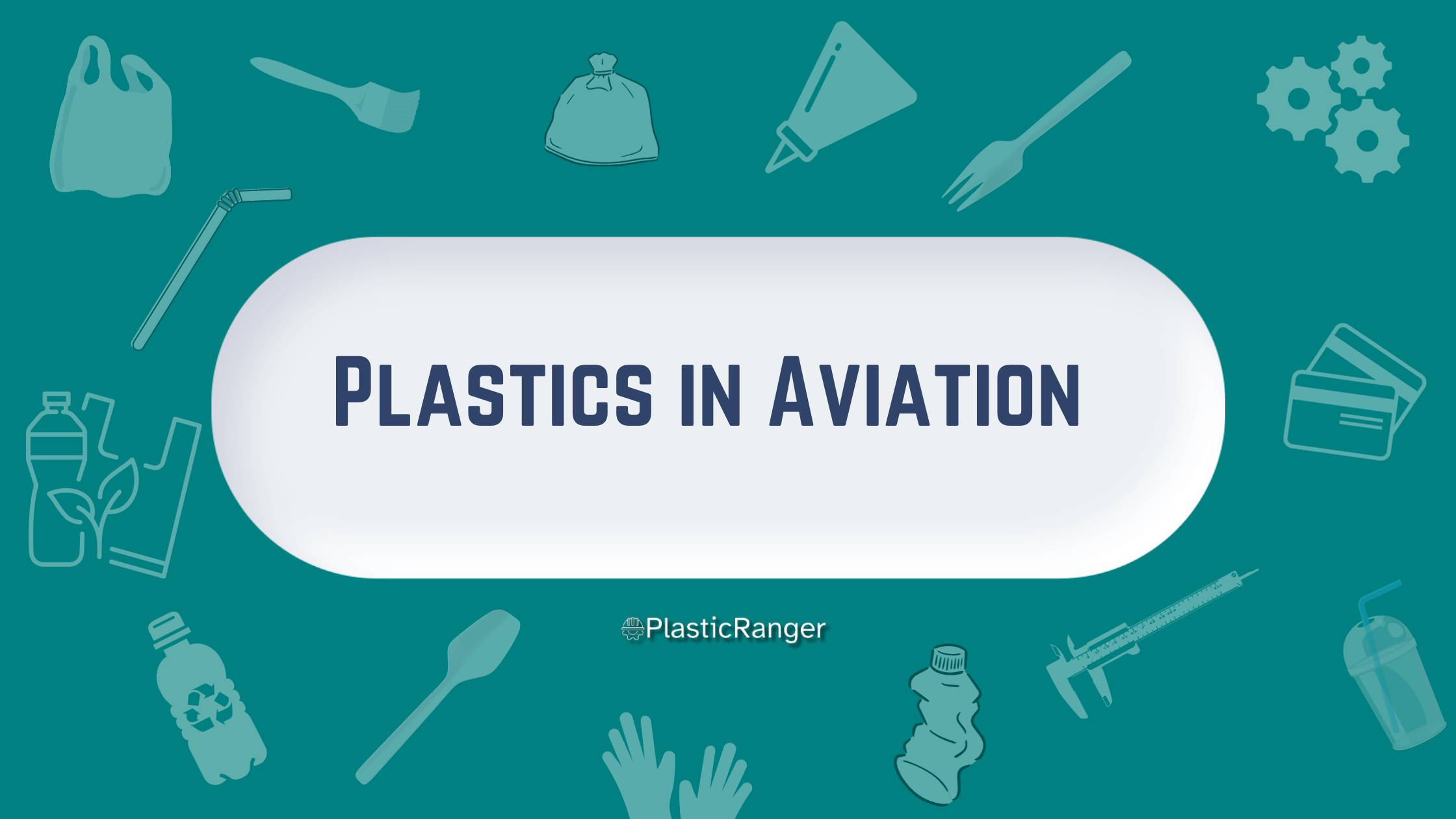Traditionally, airplanes have been constructed predominantly from metals like aluminum and titanium. However, a significant paradigm has shifted toward using plastics and composite materials in the aviation industry. The implications of this trend range from increased fuel efficiency to design flexibility, a change supported by numerous technological advancements.

Plastics in Aviation: The Shift Toward Lightweight, Durable, and Innovative Materials
This article delves into the types of plastics used, their properties, applications, benefits, and potential drawbacks while exploring some cutting-edge innovations.
Types of Plastics Used
Thermoplastics
Polycarbonate (PC): Used in windows and cockpit visors because of its high density.
Polyetheretherketone (PEEK): Utilized in non-structural components due to its high chemical resistance.
Polyphenylene Sulfide (PPS): Ideal for fire-resistant panels.
Thermosetting Plastics
Epoxy Resins: Commonly combined with carbon fiber to create composite materials.
Phenolics: Used for interior components that need to be fire-resistant.
Composite Materials
Carbon Fiber Reinforced Polymers (CFRP): Extremely strong and light; used in wings and fuselages.
Glass Reinforced Plastics (GRP): Generally cheaper than CFRP; used in less critical parts like interior panels.
Applications
Structural Components
Structural Components Wings: CFRP is now frequently used for the primary structure of airplane wings.
Fuselage: Both CFRP and aluminum-lithium alloys are used.
Non-Structural Components
Interior Panels: Usually made of phenolics or PPS for fire resistance.
Windows and Visors: Typically constructed from polycarbonate.
Systems and Wiring Insulation:
PEEK or PTFE can serve as excellent insulation materials for wiring.
Hydraulic Systems: PPS and PEEK are often used due to their chemical stability.
Benefits
Weight Reduction
The primary advantage of using plastics is the significant weight reduction, leading to fuel efficiency. For example, Boeing’s 787 Dreamliner is about 50% composite material, primarily CFRP, resulting in 20% more fuel efficiency than traditional designs.
Design Flexibility
Plastics and composite materials can be molded into complex shapes using methods like injection molding, providing an advantage in aerodynamic design.
Durability and Maintenance
Composite materials have superior fatigue resistance and durability, reducing long-term maintenance costs.
Drawbacks and Challenges
Cost
High-quality composite materials like CFRP are expensive and require specialized manufacturing techniques.
Repair Complexity
Traditional repair methods may not be applicable, necessitating specialized training for maintenance crews.
Safety Considerations
While plastics can be made fire-resistant, they are not inherently so. The choice of material must be meticulously made to ensure safety without compromising weight or efficiency.
Innovations and Future Prospects
3D Printing
3D printing technologies could revolutionize manufacturing plastic components, allowing for even more complex shapes and structures.
Nanotechnology
Nano-reinforced composites promise even greater strength-to-weight ratios. However, this is speculative, as widespread adoption has yet to occur.
Bio-Composites
Emerging research in bio-composites made from natural fibers aims to make airplane materials more sustainable without compromising performance.
Conclusion
The use of plastics and composite materials in airplanes has become widespread and set new standards in the aviation industry. The spectrum of options continues to grow from various thermoplastics and thermosetting plastics to advanced composite materials. Although there are challenges, such as cost and repair complexity, the benefits of weight reduction, fuel efficiency, and design flexibility are substantial. With ongoing innovations like 3D printing, nanotechnology, and bio-composites, the use of plastics in aviation is poised for even more transformative changes.
Quick Navigation
